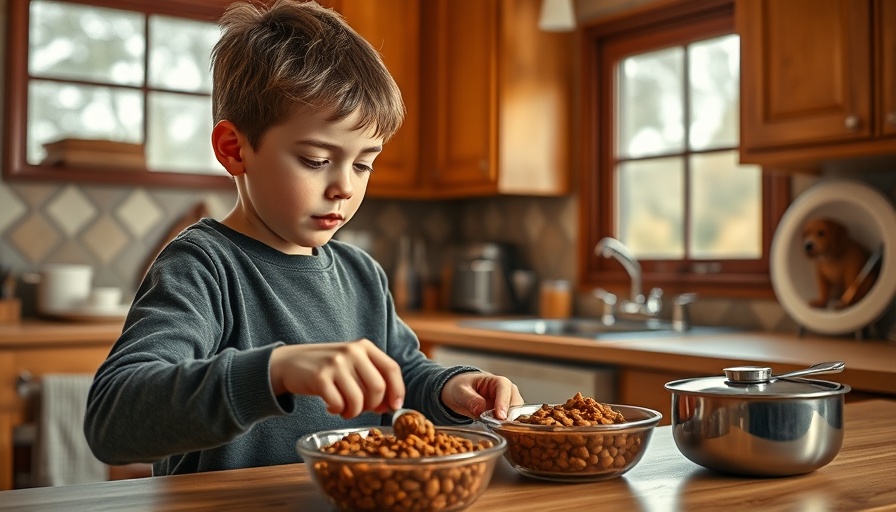
Selecting the Right Diet for Your Dog
As a dog parent, you may find yourself bewildered by the myriad of choices at mealtime—raw or lightly cooked? This decision mirrors the complexities of planning your own diet, be it gluten-free, paleo, or something else entirely. The growing trend of fresh feeding presents a crucial question: what truly benefits our furry companions?
Exploring the Raw Food Movement
The raw food diet is built on the premise of returning to the dogs' ancestral roots, offering unprocessed, nutrient-dense meals. Advocates tout its benefits, including superior digestive health and a shiny coat, attributed to the preservation of enzymes and vitamins that are typically destroyed in cooking.
From raw meat and bones to vegetables, this diet emphasizes that dogs evolved to thrive on these natural foods. It aligns closely with their digestive systems, creating an environment where dogs can flourish biologically. Many confirm that raw food not only enhances their dogs’ health but also elevates their energy levels.
The Gentle Embrace of Lightly Cooked Food
On the opposite end, we have lightly cooked dog food that appeals to many dog owners seeking a balanced, safe alternative. For seniors or dogs with sensitive stomachs, lightly cooked meals can be a gentle solution. This method utilizes minimal heat to kill harmful pathogens while preserving vital nutrients and making proteins easier to digest.
Moreover, the enhanced flavor and aroma from the gentle cooking process can entice even the fussiest eaters. This quality is particularly valuable when transitioning dogs from commercial kibble to more wholesome diets.
The Steps to Prepare Lightly Cooked Meals
Transitioning your dog to a lightly cooked diet may seem daunting, but by following a simple process, you can create a nutritious feast in no time. Start with your choice of quality protein—like chicken, turkey, or beef—and follow these easy steps:
- Cook the protein on medium heat for 4-6 minutes, ensuring a little pink remains, which helps retain nutrients.
- Drain excess fat to prevent digestive upset.
- Mix the cooked protein with a nutrient-rich base to create a balanced meal.
- Adjust the meal as necessary to cater to your dog’s dietary needs.
This method combines all the benefits of fresh feeding with the reassurances of safe and palatable meals.
Benefits and Drawbacks: Making Informed Choices
The debate around raw versus lightly cooked food highlights a crucial takeaway: there is no universal “one-size-fits-all” solution. Each dog has unique dietary requirements, influenced by their age, health, and personal tastes. Raw diets are praised for their nutritional retention, yet lightly cooked options stand strong for their digestibility and safety.
Ultimately, pulse rates or digestive struggles may indicate how well your dog adapts to one diet over the other. Careful monitoring and professional guidance are essential when introducing either approach to their diet.
A Broader Perspective on Pet Nutrition
Consider the wider context of dog nutrition: the foundation should always be based on fresh, high-quality ingredients rather than heavily processed kibble. By prioritizing fresh food—be it raw or cooked—you’re investing in your dog’s health, longevity, and quality of life.
Ultimately, the decision around feeding can be harmonized with your lifestyle, whether your dog thrives on raw diets inspired by their wild ancestors or prefers the homely comforts of lightly cooked meals.
As a committed pet owner, your choices define your dog’s health. Engage with professionals and remain informed, but most importantly—choose based on observation and understanding. Your pup is counting on you!
 Add Row
Add Row  Add
Add 




Write A Comment